General Landscape Uses: An accent or specimen tree in residential or commercial landscapes. Also useful in buffer plantings.
Ecological Restoration Notes: One of the most common trees in a wide variety of hammocks in South Florida.
Description: Medium to large tree with a small rounded crown formed from dense spreading branches. Trunks usually straight and tall, to 1-2 feet in diameter. Bark flaking. Leaves leathery, reddish in the spring when newly emerging; extremely variable in size but typically 2-4 inches long on mature trees and often much larger on saplings growing in the shade.
Dimensions: Typically 30-40 feet in height; to 49 feet in South Florida. Taller than broad.
Growth Rate: Moderate.
Range: Monroe County Keys north mostly along the coasts to Brevard and Lee counties; West Indies, Mexico and Central America.
Habitats: Hammocks.
Soils: Moist, well-drained sandy or limestone soils, with humusy top layer.
Nutritional Requirements: Moderate to high; grows best with some organic content and may languish in nutrient poor soils.
Salt Water Tolerance: Low; does not tolerate long-term flooding by salt or brackish water.
Salt Wind Tolerance: Moderate; grows near salt water, but is protected from direct salt spray by other vegetation.
Drought Tolerance: Moderate; generally requires moist soils, but tolerant of short periods of drought once established.
Light Requirements: Full sun to light shade.
Flower Color: Greenish-white sepals with creamy-white petals.
Flower Characteristics: Inconspicuous. Essentially dioecious, with male and female flowers on different plants, but male trees may bear fruits with a few sterile fruits.
Flowering Season: All year; peak spring-summer.
Fruit: Dark red to purple berry-like achene, 1/3″ long, in clusters. Edible.
Wildlife and Ecology: Provides significant food and cover for wildlife. Nectar plant for large orange sulphur (Phoebis agarithe), Schaus’ swallowtail (Papilio aristodemus ponceanus) and other butterflies, and attracts bee pollinators. Birds and other animals eat the fruits. Raccoons leave noticable scratch marks on female trees.
Horticultural Notes: Can be grown from de-pulped seed. Plant immediately; the seeds do not store well. Germination is in 1-2 months or more.
Comments: A handsome tree with attractive peeling bark. Stressed trees are subject to attack by weevils, but will leaf out the following spring. The leaves are held by short green clasping stems, thus the common name, pigeonplum.

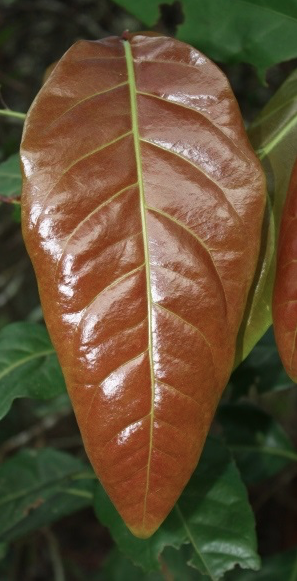

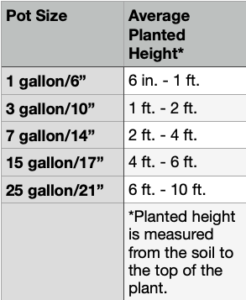
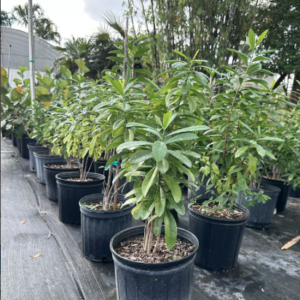
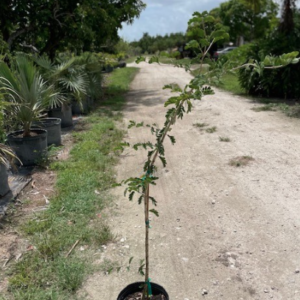
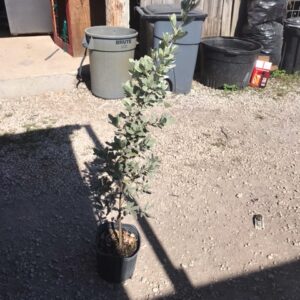
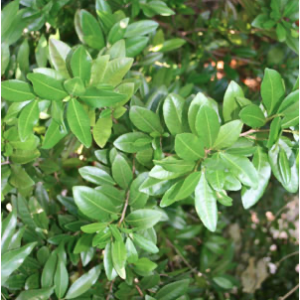
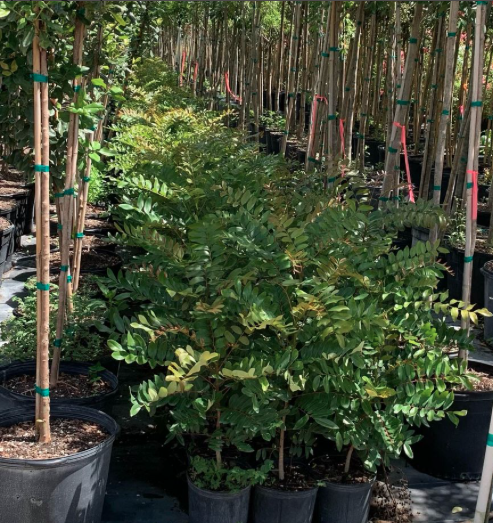
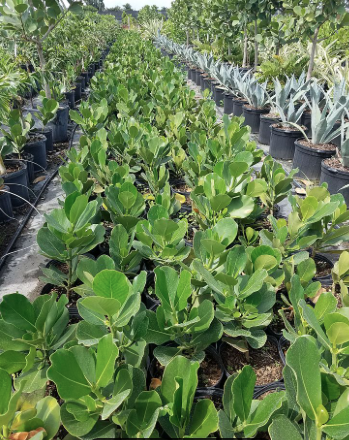
Reviews
There are no reviews yet.